Two names that stand out from the rest when it comes to smart thermostats are Ecobee 3 and the Nest E. The Nest stood out from the other thermostats as it could learn and program itself to save on energy and costs. The Ecobee tend to stay under the radar for some time. However, due to sheer technological advancements, it gained popularity. Both these smart home giants have now upgraded their thermostats. They are the Nest E and the Ecobee 3 Lite. We have done a comparative analysis to choose one between them. So, let’s start with it.
Our Verdict
Quick Navigation
Ecobee 3 Lite Vs Nest E: Comparison Chart
| Specifications | Nest | Ecobee 3 Lite |
|---|---|---|
| Dimensions | 3.19x 3.19x1.14 inches | 4.05x4.05x1 inches |
| Weight | 1 pound | 1 pound |
| Warranty | 1 year | 3 year |
| Touch Screen | No | Yes |
| Mobile App | Yes | Yes |
| Voice Control | Yes | Yes |
| Amazon Alexa, Google Home, IFTTT | Yes | Yes |
| Apple HomeKit | No | Yes |
| SmartThings, Wink, etc. Limited Multiple Room Sensors | No | Yes |
| Learning Algorithms | Yes | No |
| DIY Installation | Yes | Yes |
| Humidifier Support | Yes | Yes |
| Ventilation Support | Yes | Yes |
| Dehumidifier Support | Yes | No |
| PEK/C- Wire Required | No | Yes |
| Price | Check Price | Check Price |
Differences
1. Look And Feel
One of the obvious features of the Nest Learning Thermostat is that it is heavy and feels sturdy. It has a modernized look and resembles the classic Honeywell Round. It comes with a plastic outer ring and has a matte finish to it. It pretty much blends in with any decor.
The Ecobee on the other hand comes in black plastic and sports a rectangular look which is rounded at the corners. It has a larger glass screen compared to the Nest E and it does resemble an oversized smart watch. The screen is a touch screen and it gives access to many control settings from the base unit if you desire.
Overall, the Nest does look better than the Ecobee as it has a styish round ‘cool’ cut at its edges.
2. Schedule Learning
One feature that the Ecobee doesn’t have is the Nest’s learning feature. When you first install Nest, it makes a few assumptions. It uses them as a baseline for its schedule. You’ll soon start making adjustments depending upon whether it’s cooler or warmer.
When you make the adjustment, it is recorded in the Nest. After a few weeks into the adjustments, Nest learns your schedule. Rather than keeping a fixed schedule, it will continue to adjust and evolve. Nest can also be programmed to run on a fixed conventional schedule if you turn off the learning feature.
The Ecobee 3 uses a conventional schedule. You choose the desired times and temperatures for when you are at home or out. Once these are set, they don’t change unless you change them manually. The setting up of the schedule is not a difficult task. It can be done from the thermostat, the mobile app, or the web console.
3. Voice Control
Nest is compatible with Google Home and Amazon Alexa but it does not support the Apple HomeKit. If you’re a HomeKit user, it would be a better choice to go for the Ecobee.
It is highly unlikely that Nest E will support HomeKit soon. On the other hand, the Ecobee has dedicated voice control and supports all three voice assistants.
4. Geofencing
Many smart home appliances use your phone’s GPS to determine whether you are at home or not. This is called geofence. If you do cross the geofence and go out somewhere, the thermostat switches to away mode. When you cross your geofence and return home, the thermostat will resume its funciton. Nest’s geofencing is in-built in their app. You can also create multiple accounts so that the feature works on all your mobile phones.
You might be thinking, ‘Okay, but what if my kids are still at home?’. If you do have Nest Protects at home, they have motion sensors on them. These will detect motion in the house and will thus ignore the geofence trigger to switch away mode.
Ecobee 3 also supports geofencing, but it is only for one phone. This disadvantage can be overcome. It requires the use of a couple of third party apps like IFTTT which are inconvenient. Thus, the geofencing feature of the Nest definitely has an advantage over the Ecobee.5. C-Wire
To power their screens and to maintain Wi-Fi connections, smart thermostats require a constant source of power. This is provided by the wires connected to the thermostat. But if your wires do not include a C-Wire, you may have to jump a few extra hurdles to get your smart thermostat working .
If your thermostat wiring doesn’t have a C-Wire, you could eliminate it altogether by going with the Nest. This although does avoid the hassle of installing a C-Wire, we would recommend installing the wire anyway. It is because, in order to avoid needing a C-Wire, Nest powers the thermostat using what is referred to as power stealing. Power stealing is sometimes capable of causing systems to behave erratically. This might cause undue hassles in the future.
To add a C-Wire, use an add-a-wire kit, which you’ll to have to buy separately if you’re opting for the Nest.Ecobee cannot be installed without the C-Wire. Ecobee also includes an extra set of wires called the PEK (Power Extended Kit).
6. Low-Cost Version
Both these economy versions do not have the extra accessory terminal. This means you will not be able to connect the thermostat to an accessory like a humidifier. Both these versions work in the same way compared to their expensive counterparts.
7. Energy Reports
The Nest includes data feedback, but compared to the Ecobee’s reports, the Nest’s reports are child’s play. It is only able to record 10 days of data and does not give any analysis on the data either. It shows the visual of the times your system turned on or off.
It also has a database of when the thermostat set point was adjusted. Using this, you can compare your total usage for the duration of the 10 days. Nest also sends a home report every month via email. There is a summary of the energy consumed. It compares it with your energy expenditures from the previous month.
The Ecobee 3 date report wins the competition as it records and analyzes HVAC data for a full 18 months. Its analysis tool is called Home IQ and is accessible via the web console. It is provided free of charge by Ecobee for as long as you own the thermostat.
Home IQ has features such as System Monitor, Weather Impact and Home Efficiency.The bottom line here is that if you’re looking for energy reports and analysis, Ecobee is your best bet. Although Nest has tried to close the gap, Ecobee still remains the superior one.
8. Remote Sensors
Both Ecobee 3 and Nest E are compatible with extra sensors. This ensures the temperature is maintained throughout your home. Nest E makes use of Nest Protect Smoke Detectors as sensors. This could be a hassle if you already have smoke detectors at home.
The Ecobee 3 Lite makes use of Ecobee sensors to maintain the temperature. They do not have the added utility of smoke detection. But they are much cheaper and effective in performing the same function.
9. Warranty
The Ecobee 3 Lite is way ahead in this section as it has a warranty period of 3 years. The Nest E only has a warranty of 1 year. This is one of the major differences between the two products.
Similarities
What these two models have in common is also equally important. We have listed their similarities below:
1. Both models make use of Wi-Fi for mobile app and voice commands.
2. Both models have a simple, step-by-step DIY installation process.
3. Both models are compatible with humidifiers and heat pumps.
4. Their prices are almost identical depending upon where and when you buy the products.
Features Of Ecobee 3 Lite
1. It has a very easy installation process and can be set up within 20 minutes.
2. Its third-party integrations are virtually seamless.
3. You should buy its room sensors as they can be bought and used right out of the box.
4. It has one of the best energy and data analysis reports if you’re focusing on saving energy and cutting costs.
Features & Technical Specifications Of Nest E
1. The Nest E learning feature is a great added advantage which can lead to saving energy and costs.
2. The voice commands work perfectly well in all the applications.
3. The intuitive use of HVAC systems including ventilation and humidifier, dehumidifier systems.
Bottom Line
The bottom line is that although the Nest E and Ecobee 3 Lite are great products with their own set of perks, but we favor the Ecobee more. The decision is made based on its extended warranty period and installation process. Prefer going through the specifications of each model before choosing the one matching your need. For more options, you can check ecobee 3 vs ecobee 4 vs nest.
Nest E - Editor's Choice
Summary
The Nest E learning feature is a great added advantage which can lead to saving energy and costs. The voice commands work perfectly well in all the applications. The intuitive use of HVAC systems including ventilation and humidifier, dehumidifier systems.



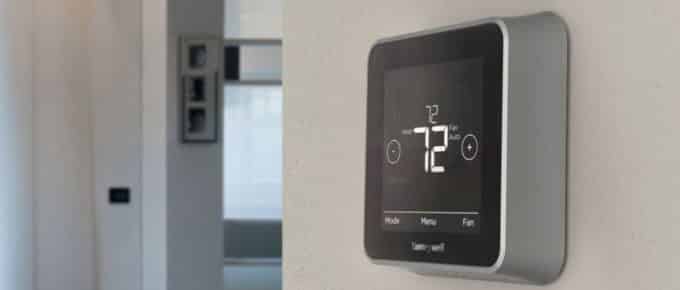
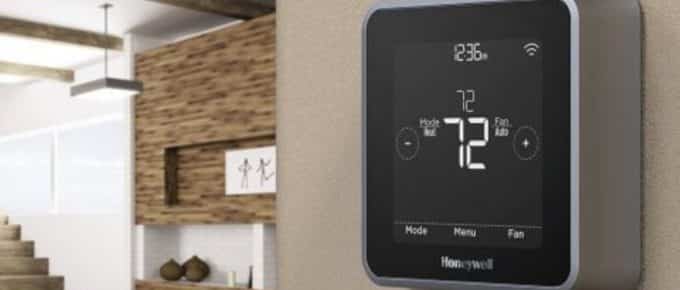
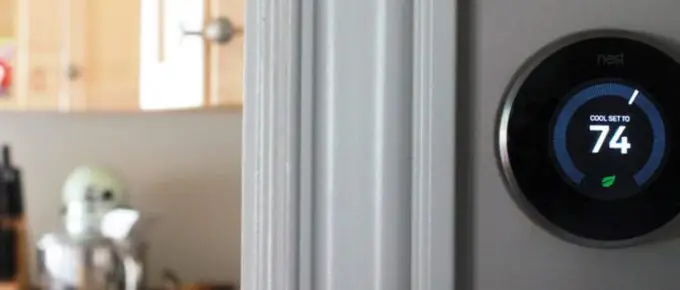

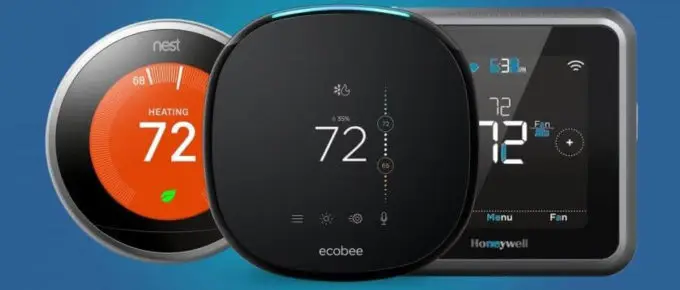
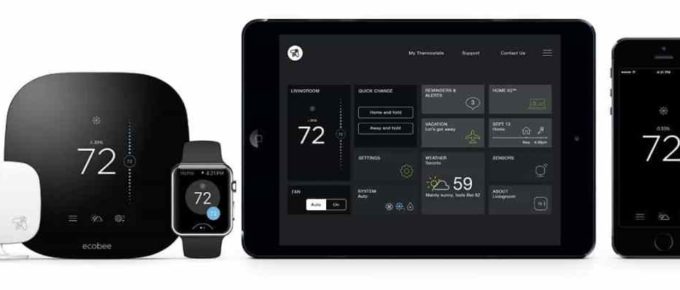
Leave a Reply